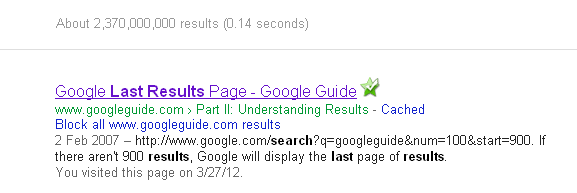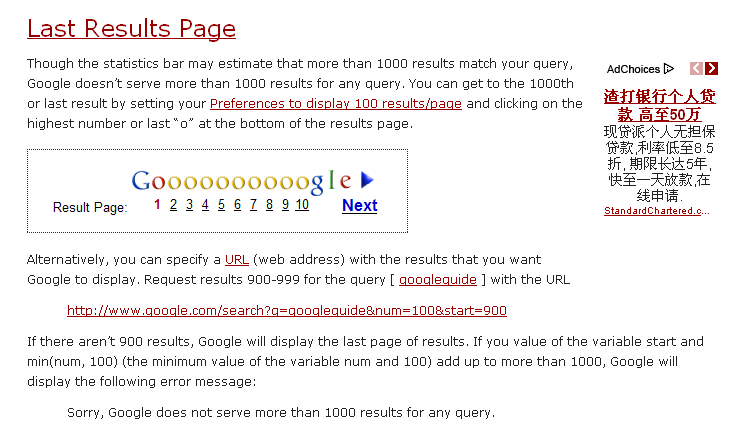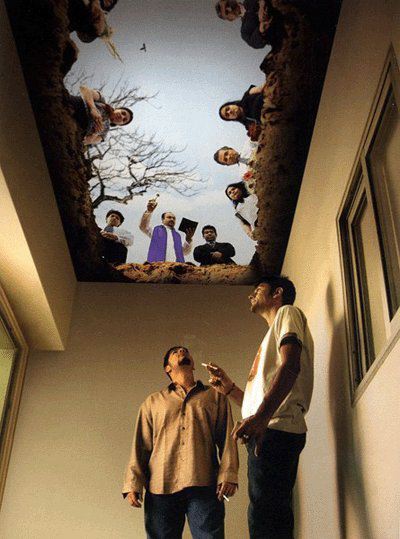@alan fraser said:
Many of the best artistic solutions are the result of 'happy accidents' as we try to imperfectly replicate on paper what's in our heads. In most cases these surpass the original vision.
[aside]This would also make a wonderful quote to epitomise the whole British building industry - all gung-ho and gongs.[/aside]
@alan fraser said:
If all that thought modelling achieves is to save the trouble of moving a mouse or trackball around, then that's even worse.
That's a pretty sad thought. The computer is the closest thing to a brain and the internet the closest to a global brain. And yet its only perceived use in this area is some kind of remote control for an invisible prosthetic hand.
How about this? Many buildings are designed to provide the maximum permissible square feet. Within this, areas are allocated based on square foot allowances per person (including allowances for circulation, toilets or whatever). These allowances are rules of thumb that seem to work (happy accidents) but does anyone really know? What is considered excellent may actually be mediocre.
But if the computer is given access to components like desks, toilet pans and human models, reusable regulations and other restraints, designers can set criteria like: workspaces as big as possible, toilets as small as possible, cost less than 20M Drachma, completion by July 2012. The computer then has its opportunity to compute and display design solutions. Contrary to conventional wisdom automating this part of the design process produces not one-size-fits-all but millions of possibilities that need to be reduced by applying new and resetting existing critieria - which might be called thought modelling.
Movable and interchangeable 3D components are an important part of this kind of idea. So it may be off-the-wall but at least not off-topic - new home new use.







